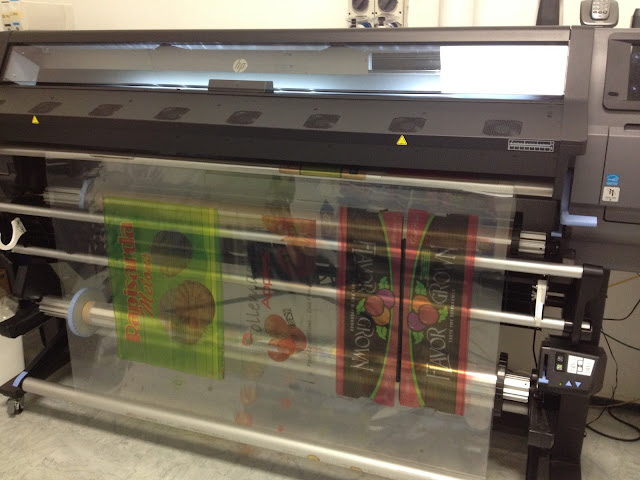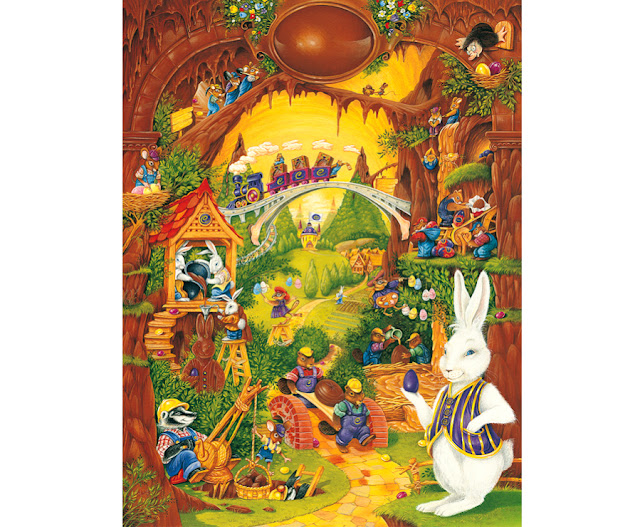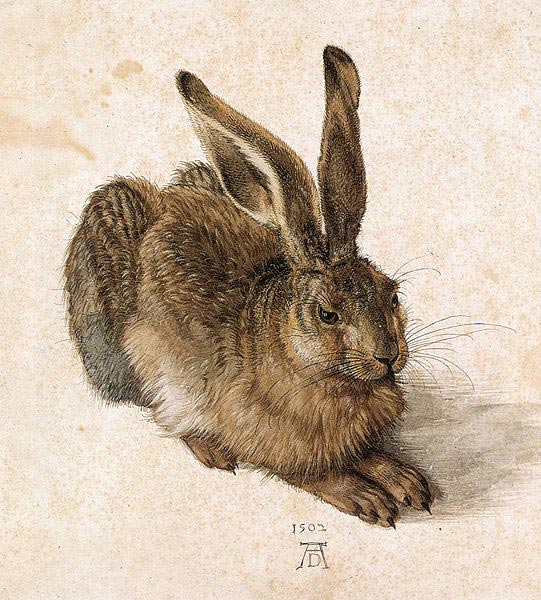How cool that would be - to print onto a conveyor belt. So I had this grandoise idea, but no idea if, or how, it would ever come to fruition...
Then, the stars aligned. Someone just happened to be selling a supermarket conveyor belt on Trademe. It was cheaper than the other ones listed, some of which were industrial, thousands of dollars, but this one was still quite an investment. I went for it. And I feel really excited about the installation I have in mind for it.
As a test for the visiting crit, I wanted to hang it on the wall, but this poses some problems as it's 50kgs. Hanging it sideways - horizontal - was the original plan. When I emailed the manufacturers (all conveyor belts in NZ are custom made, and the ones I bought have handy ID numbers and it turns out they are still under warranty - awesome) they pointed out that, thanks to the inconvenient force of gravity, if hung sideways the rubber belt would slip down and possibly get damaged. So, vertical it was.
After a lot of discussion with Pete about how the wall mount could be achieved, I set to work. I measured it all up; went to the north shore to buy some steel; learned to cut, drill, bend and weld; and with these newly acquired skills, made a bracket to connect to the back of the conveyor belt and hook over the top of the wall...
Bend it like Beckham
I also had to find a reflector that would work with the sensors that attach to the motor. The manufacturers told me to buy a certain kind, because the maximum range of the sensors depends on which kind of reflector you use. I emailed a few electronic shops and, after receiving a few curt 'no's, finally managed to track one place that had the right kind.
This can be 3 metres max away from the sensor
And the other advice in their email was super exciting. I'd asked whether the electric circuit could be customised so that when switched on the conveyors could be displayed rolling continuously, and whether the speed could be adjusted. They informed me that this would be a terrible idea because the motor would overheat. The way the sensor works, though, is that it only triggers the rotating motion when the reflection is disrupted. Then, it will rotate for about 10 seconds, or until it is disrupted again.
This is because in a supermarket, or other shop, you want the movement of the conveyor to stop as soon as the customer's goods reach the edge by the cashier. So that's where the sensor is placed. When something reaches that point, the movement is halted. When that object is removed, the conveyor moves again... and the next item comes along, breaking the signal, pausing the movement again.
Meaning that the conveyors will be stationary until someone comes close enough, breaking the signal. Just walking past the work will set off the rotating motion. And it will stop moving if you stop and stand in front of it.
A work that is activated by the viewer!! I'm so excited about this.


















































